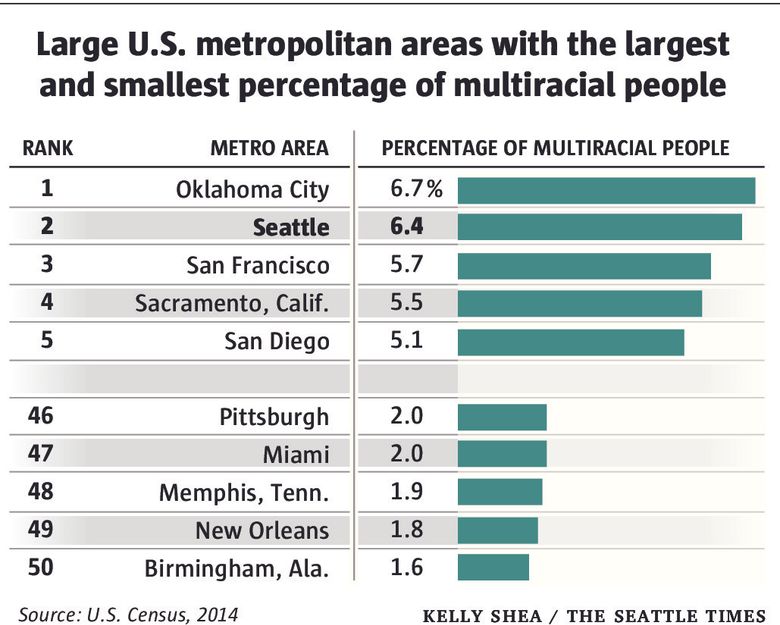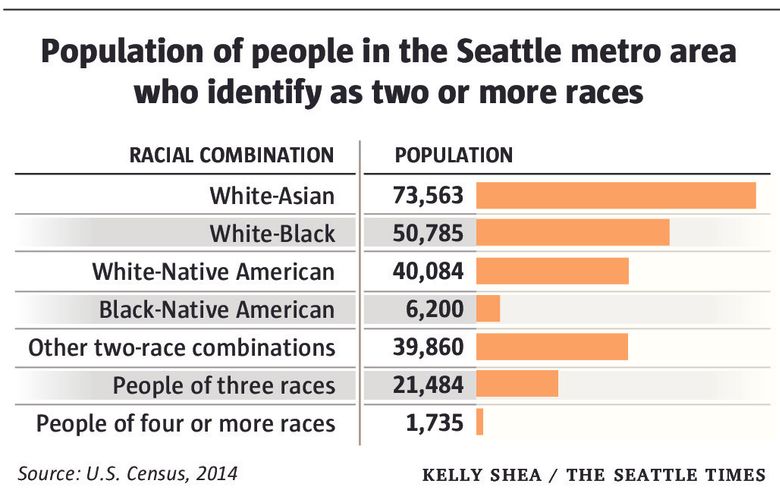“Yuck, you disgust me!” Affective bias against interracial couplesPosted in Articles, Identity Development/Psychology, Media Archive, Social Science, United States on 2016-08-19 12:10Z by Steven |
“Yuck, you disgust me!” Affective bias against interracial couples
Journal of Experimental Social Psychology
Volume 68, January 2017
pages 68–77
DOI: 10.1016/j.jesp.2016.05.008
Allison L. Skinner, Postdoctoral Researcher
University of Washington
Caitlin M. Hudac, Senior Post-doctoral Fellow
University of Washington
Highlights
- Bias against interracial romance is correlated with self-reported feelings of disgust.
- Interracial couples elicit a neural disgust response among observers – as indicated by increased insula activation.
- Manipulating state disgust leads to implicit dehumanization of interracial couples.
- Findings suggest that meaningful social units (e.g., couples) influence person perception.
The current research expands upon the sparse existing literature on the nature of bias against interracial couples. Study 1 demonstrates that bias against interracial romance is correlated with disgust. Study 2 provides evidence that images of interracial couples evoke a neural disgust response among observers – as indicated by increased insula activation relative to images of same-race couples. Consistent with psychological theory indicating that disgust leads to dehumanization, Study 3 demonstrates that manipulating disgust leads to implicit dehumanization of interracial couples. Overall, the current findings provide evidence that interracial couples elicit disgust and are dehumanized relative to same-race couples. These findings are particularly concerning, given evidence of antisocial reactions (e.g., aggression, perpetration of violence) to dehumanized targets. Findings also highlight the role of meaningful social units (e.g., couples) in person perception, an important consideration for psychologists conducting social cognition research.
Read or purchase the article here.


